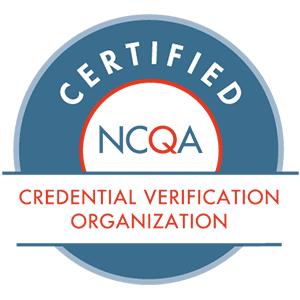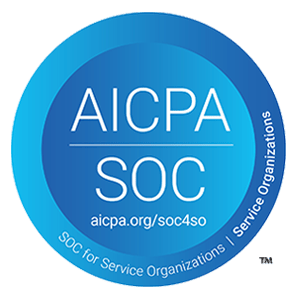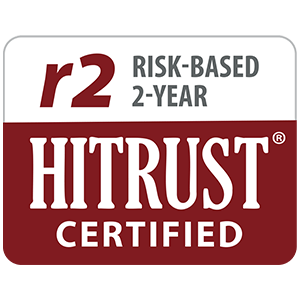Credentialing providers for health plan participation has traditionally been a challenging but necessary process for payer organizations. But as policies, economics, and market conditions shift, the process has become increasingly complex.
With new regulations and a changing payer demographic—marked by health plans entering new contracts such as Medicare Advantage—the demands for credentialing support can quickly outpace an organization’s available resources. Add in complicating factors, such as a new generation of pandemic-era fraud, virtual care regulations, labor shortages, financial volatility, and underlying goals surrounding care quality and equity, and credentialing’s role has ballooned into a larger organizational strategy around risk mitigation and provider data accuracy.
Yet payers are committed to overcoming these barriers: A recent ProviderTrust and Healthcare Dive survey found that 95% of health plan respondents aim to increase attention to provider data management in the next 18 to 24 months. Respondents hope technology can help: more than 9 in 10 respondents consider automation valuable for monitoring licenses, certifications, exclusion lists, and more.
Inside this report, we share the results of that survey, pairing market insights around trends, challenges, and opportunities alongside ProviderTrust perspectives that explore the current and future state of the health insurance industry.







